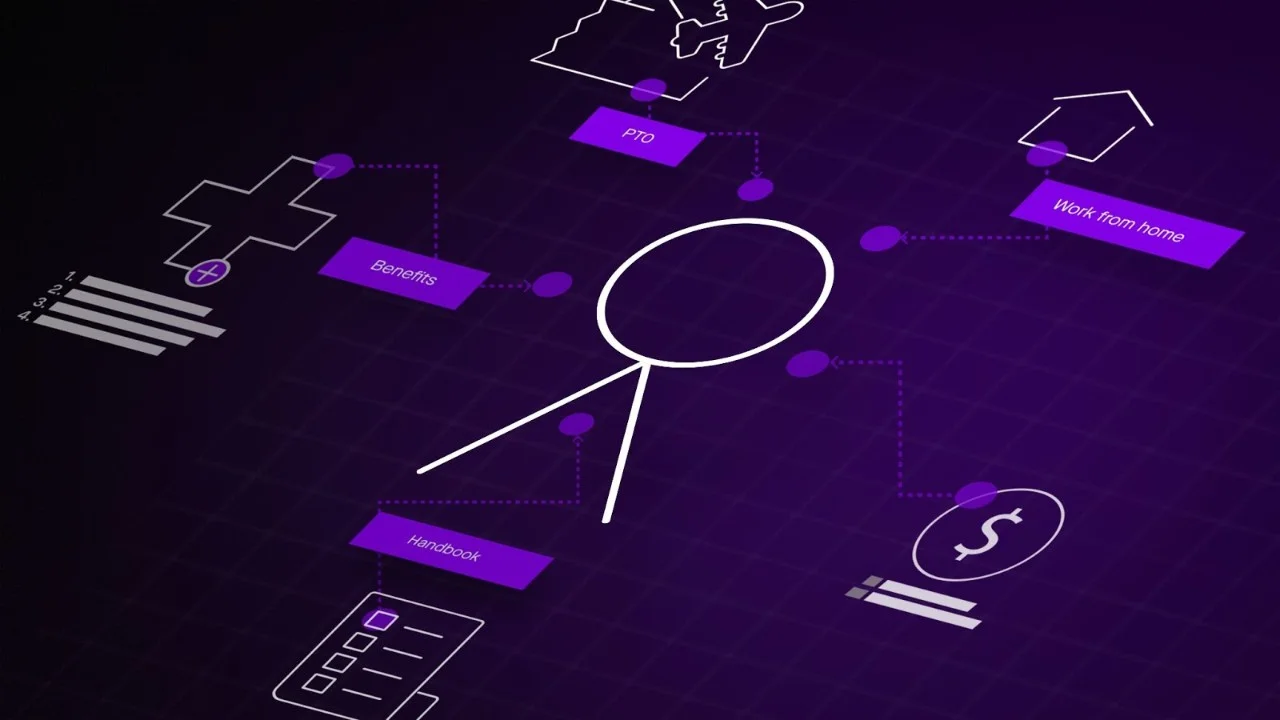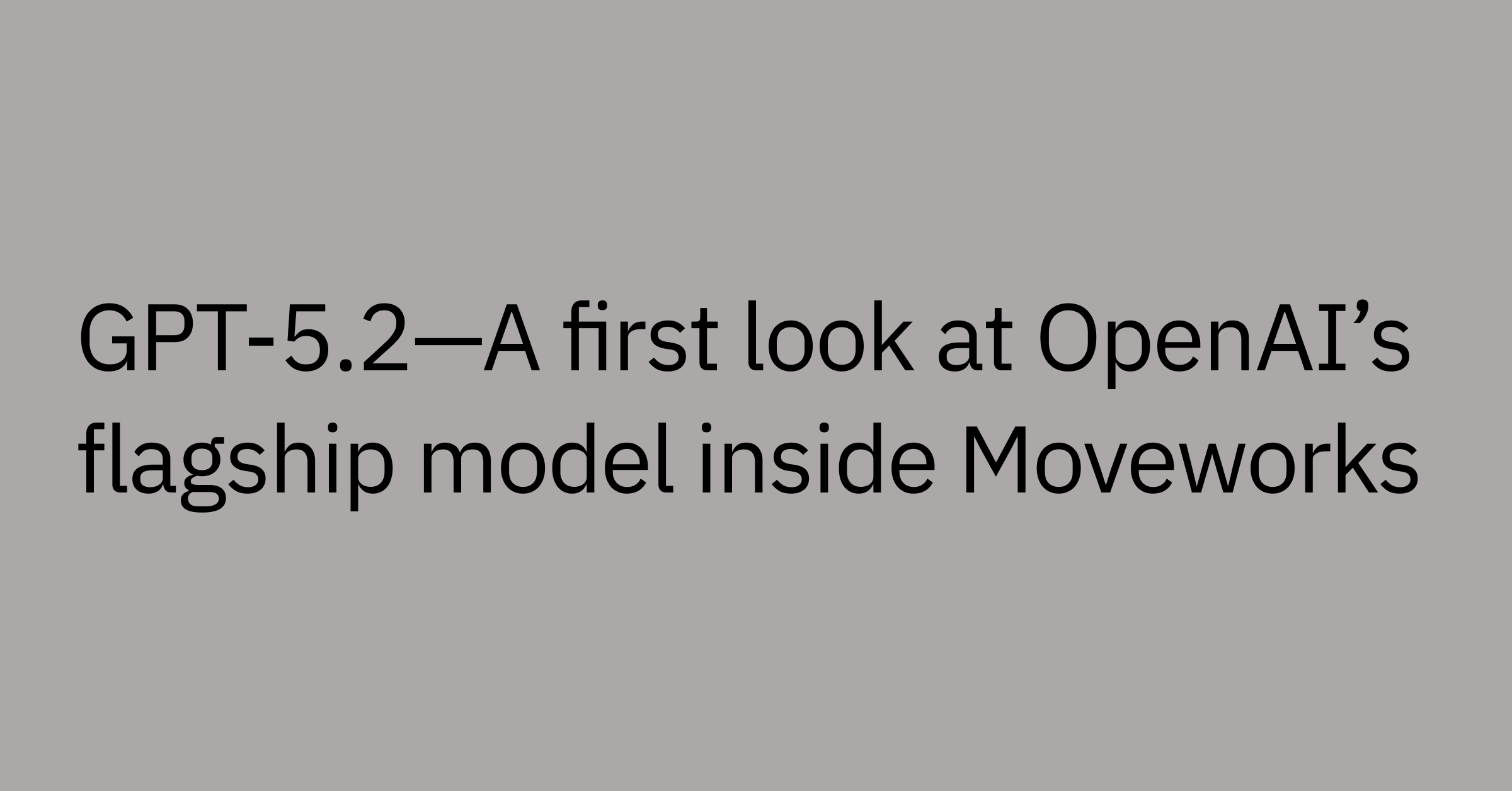Table of contents
The HR team now has a massive scope of responsibility. Deeply embedded in almost every aspect of the employee experience, from performance reviews to benefits to PTO requests, HR teams are flooded with questions and requests for help. That’s why — more than ever — HR needs a new approach to support.
Other employee support departments have addressed their expanding roles by enabling employees to self-service routine support issues. Take IT. For years, tech support has consumed a significant proportion of IT's time and resources, leading many to implement rigorous tracking systems and create libraries of content to help employees help themselves.
Similar to IT, HR teams create enormous amounts of knowledge. But the real challenge is that HR answers are often complex and unique to each employee. So to get to a point where employees can answer their own HR questions — known as Tier 0 support — HR teams need to connect the dots between employees and content.
Here at Moveworks, we asked ourselves: What insights can we gather on service delivery to help HR teams move closer to Tier 0? With this goal in mind, we analyzed thousands of real-world HR requests from several global companies to generate three key insights:
- HR teams produce a huge amount of knowledge to enable Tier 0 support.
- However, HR knowledge is highly personalized and location-specific, which makes self-service difficult for employees.
- New machine learning techniques can overcome the complexity of HR issues.
The right answer already exists
Fortunately, HR already has answers to most employee questions. They’ve recorded tons of information on thousands of pages of knowledge articles and FAQs. When it comes to knowledge creation, HR has literally written the book — the employee handbook, that is.
In fact, when we first started to look into this challenge of HR service delivery, we found that the companies we analyzed had tons of HR knowledge. HR creates more content than all the other employee support departments combined.
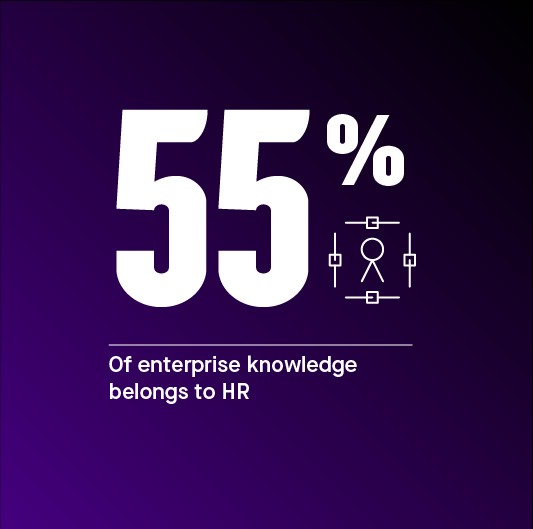
The problem is that employees aren’t using that knowledge.
Take a 100-page employee handbook. Most employees won't even scroll through it. And even if they read it, whenever HR updates the handbook, that information becomes stale and out-of-date. So what do employees do instead? They do what’s easy: email HR directly, flooding the team’s inboxes with dozens of support requests.
Clearly, there’s a massive disconnect between the knowledge HR spends so much time and effort curating and the employees who need answers.
No two HR requests are the same
HR creates so much content because, more often than not, simple questions have complicated answers. In some ways, automatically solving an IT issue is easier than doing the same for HR. A computer is a computer. The computer doesn’t change if an employee moves to a different country or switches to a different department.
HR issues are fundamentally personal and inextricably linked to each employee’s unique location, department, and role. And that means that HR has to write dozens of versions of the same information, accounting for every different employee characteristic.
To bring this point home, at least half of HR knowledge — sometimes as much as 70% — is tied to location, while basically less than one percent of IT knowledge is geo-specific.
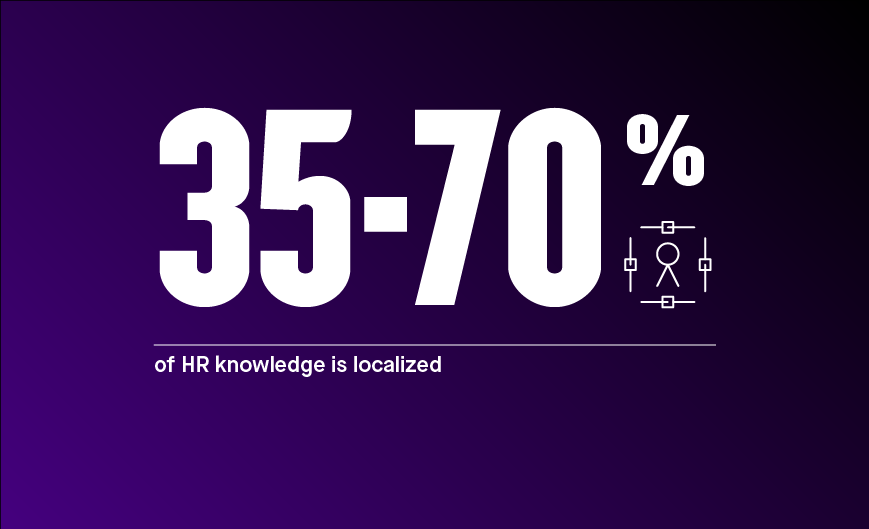
Clearly, with all of this knowledge floating around, finding the answer to a seemingly simple question can become frustrating and time-consuming for everyone involved.
Think about a typical HR question: What are my benefits? Employees rarely include every little bit of context needed for HR to give them the right answer. Point of fact, in our analysis, only 15% of employees specified their location when asking HR a question. So, HR professionals must manually dig through various siloed backend systems to address each new issue.
This need for personalization makes Tier 0 support difficult but not impossible. With layers of AI and machine learning, our solution can look at an employee within the context of their location or role.
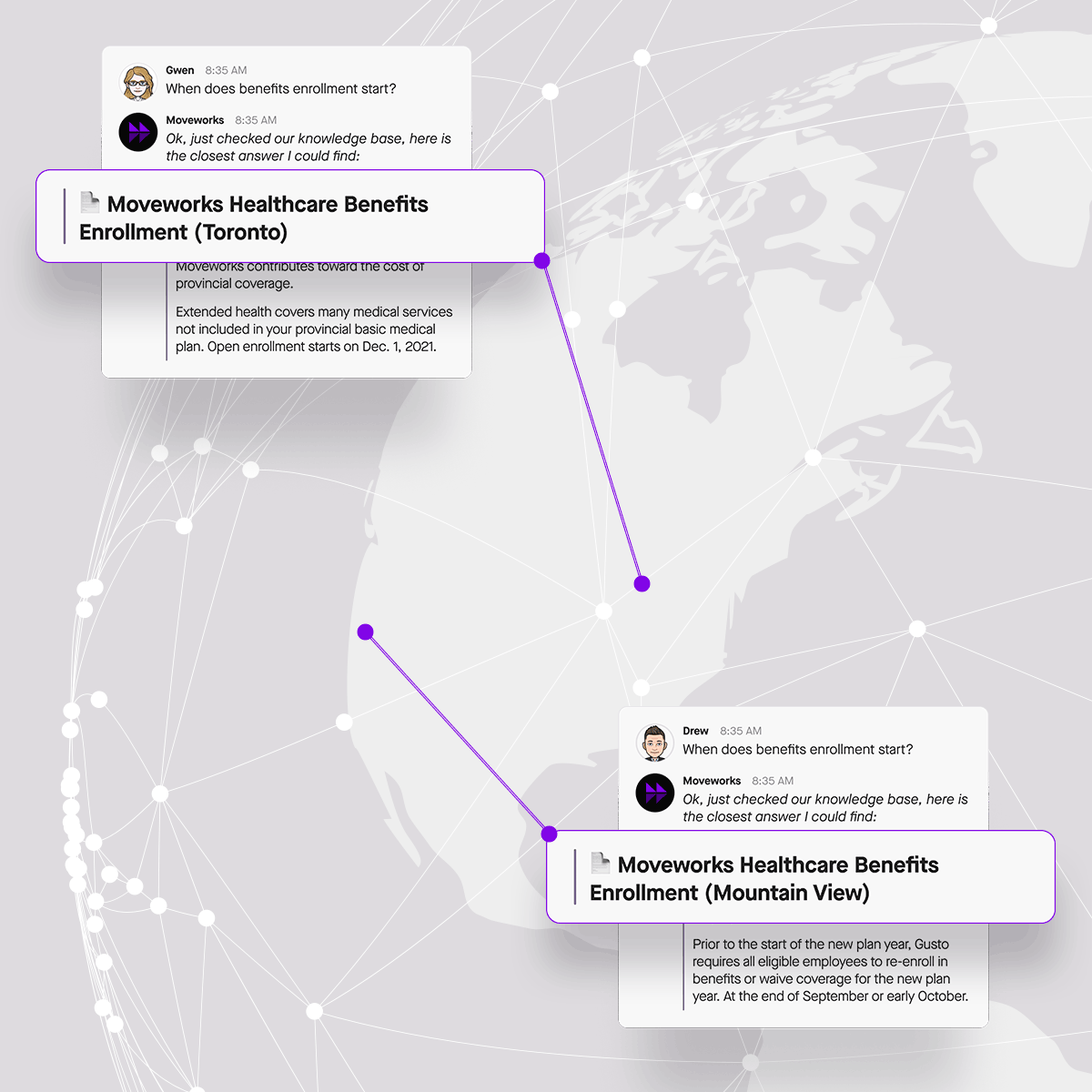
The key to connecting HR requests to answers
To sum up: HR teams build tons of content, but it’s inaccessible. Either it’s hidden away in some siloed, backend system, or it’s so specific to employees' locations or roles that finding the right answer is practically impossible without help.
Given this complexity, Tier 0 support is only possible with machine learning. Recent advances in the machine learning field of natural language understanding allow automated systems to break down HR questions, analyzing each one in the context of past conversations and who the employee is. Behind the scenes, we also need machine learning to leverage the resources that the HR team has painstakingly created — deconstructing every document, FAQ, and form into bite-sized information snippets.
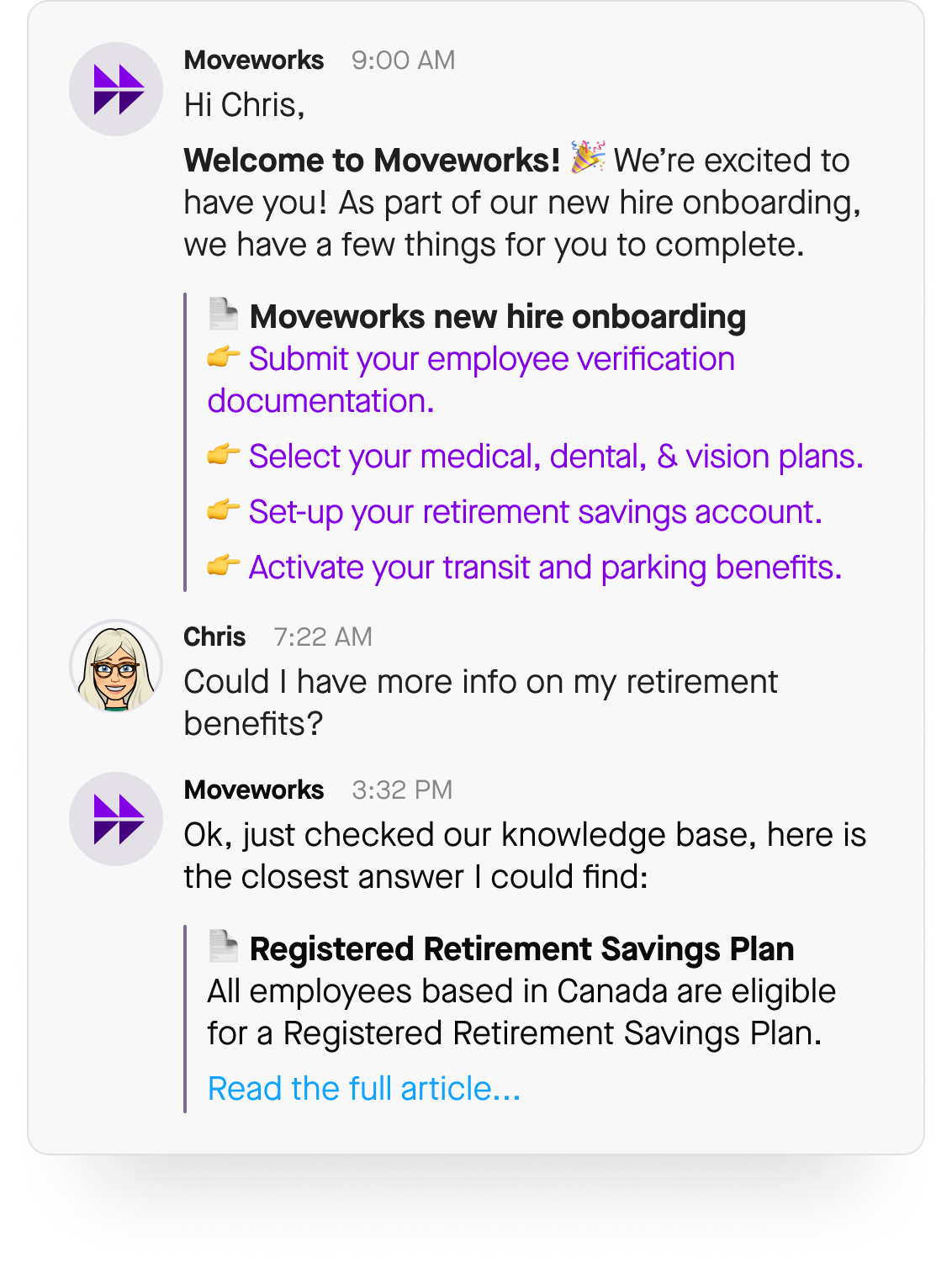
With a manual approach, it could take days of back-and-forth between an employee and the HR team to answer a single question. With machine learning, however, that information is surfaced in seconds. Employees get what they need, and the HR team isn’t wasting time writing content that no one ever sees.
What we’ve learned in our analysis of HR requests is that enabling self-service is a nontrivial challenge. But we also see a massive opportunity for machine learning to transform how HR teams deliver support. Large companies deal with thousands of HR requests each month, and the majority of these requests can be answered with the knowledge that HR has already created. Using machine learning to surface such knowledge means employees get support in seconds — while HR has more time to help those employees thrive.
Contact us to learn how you can use Moveworks to automate HR support.
